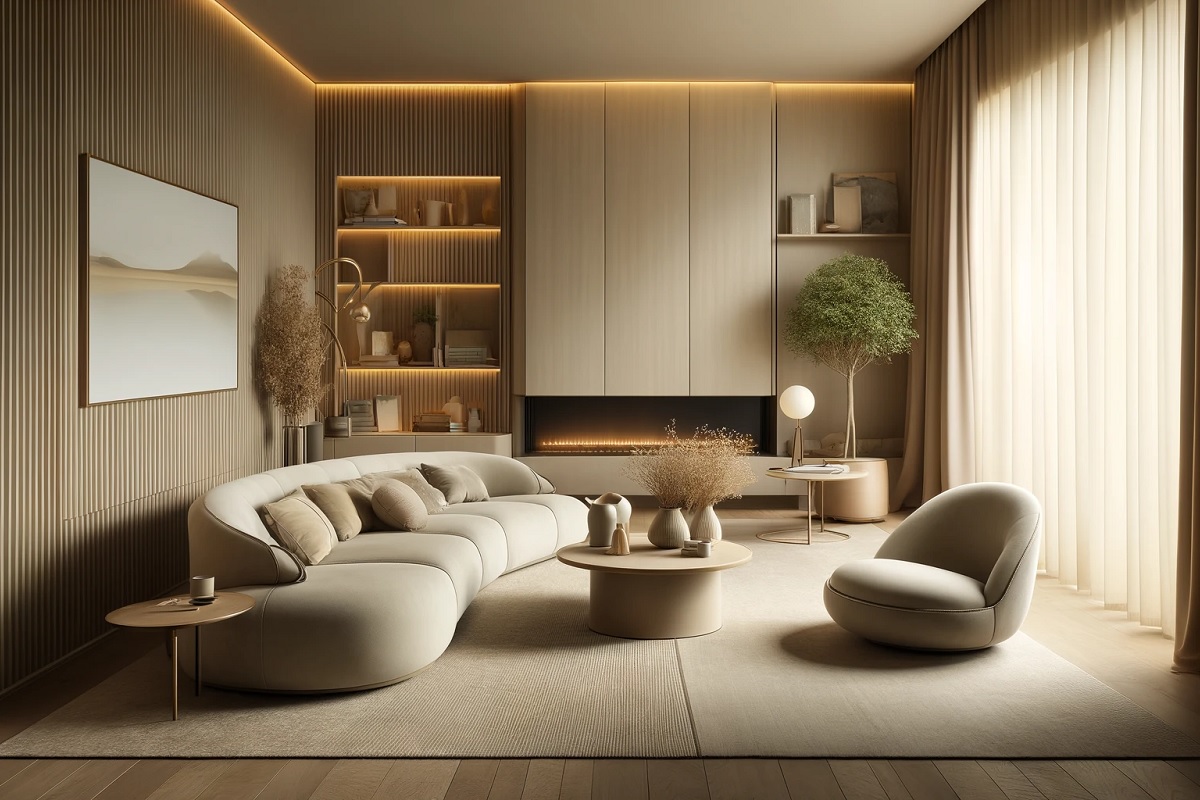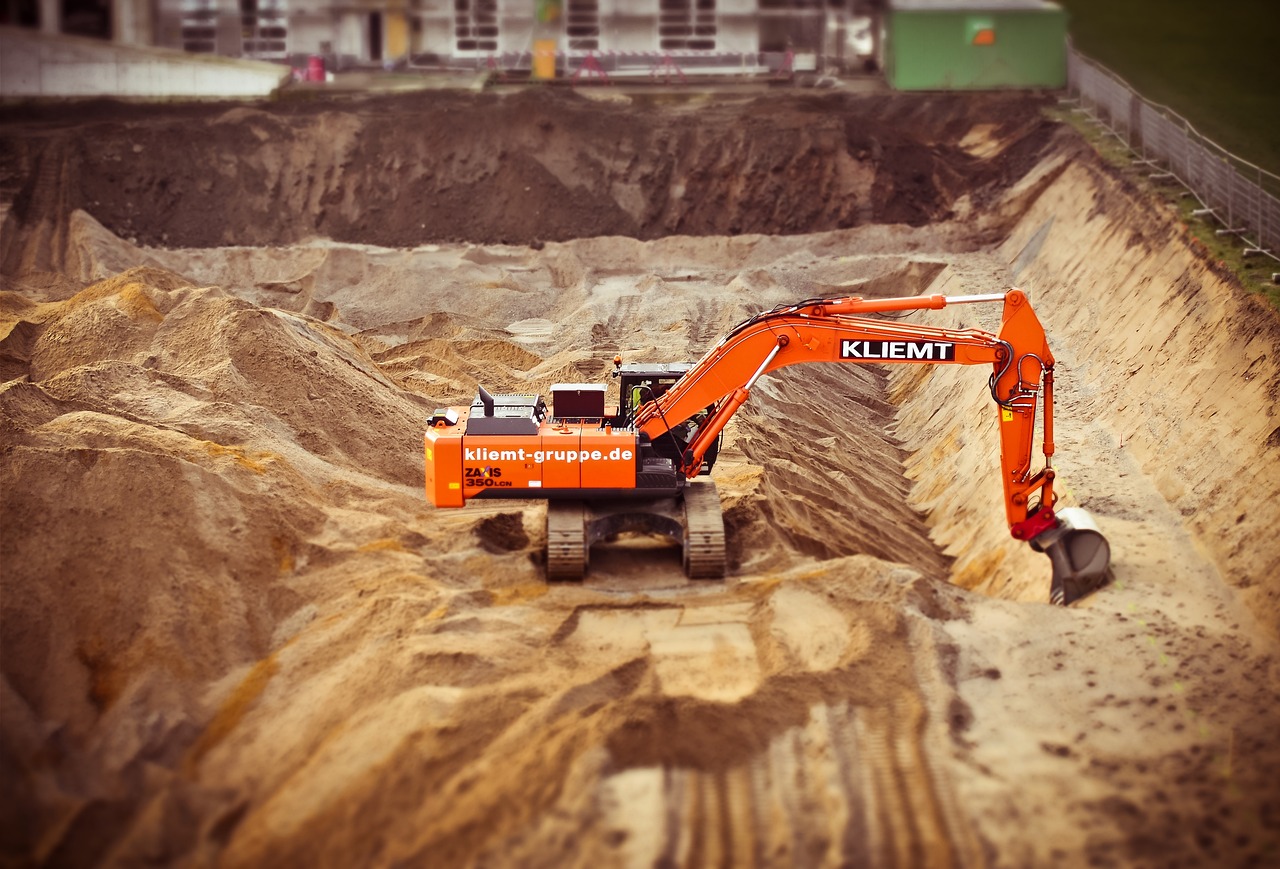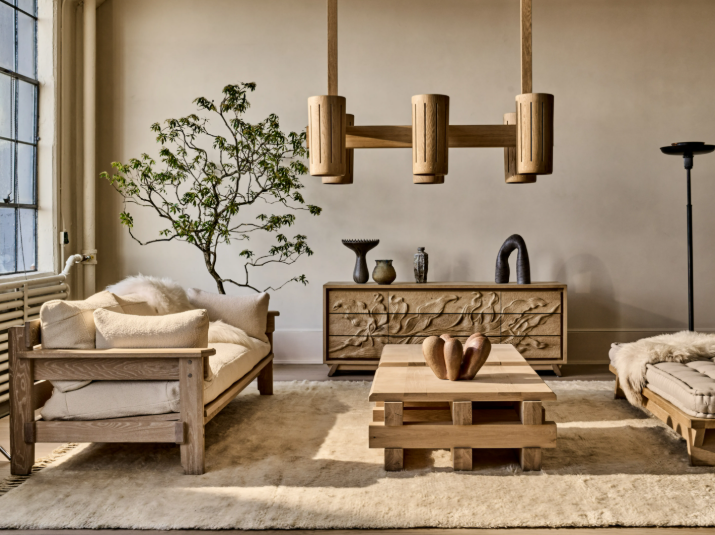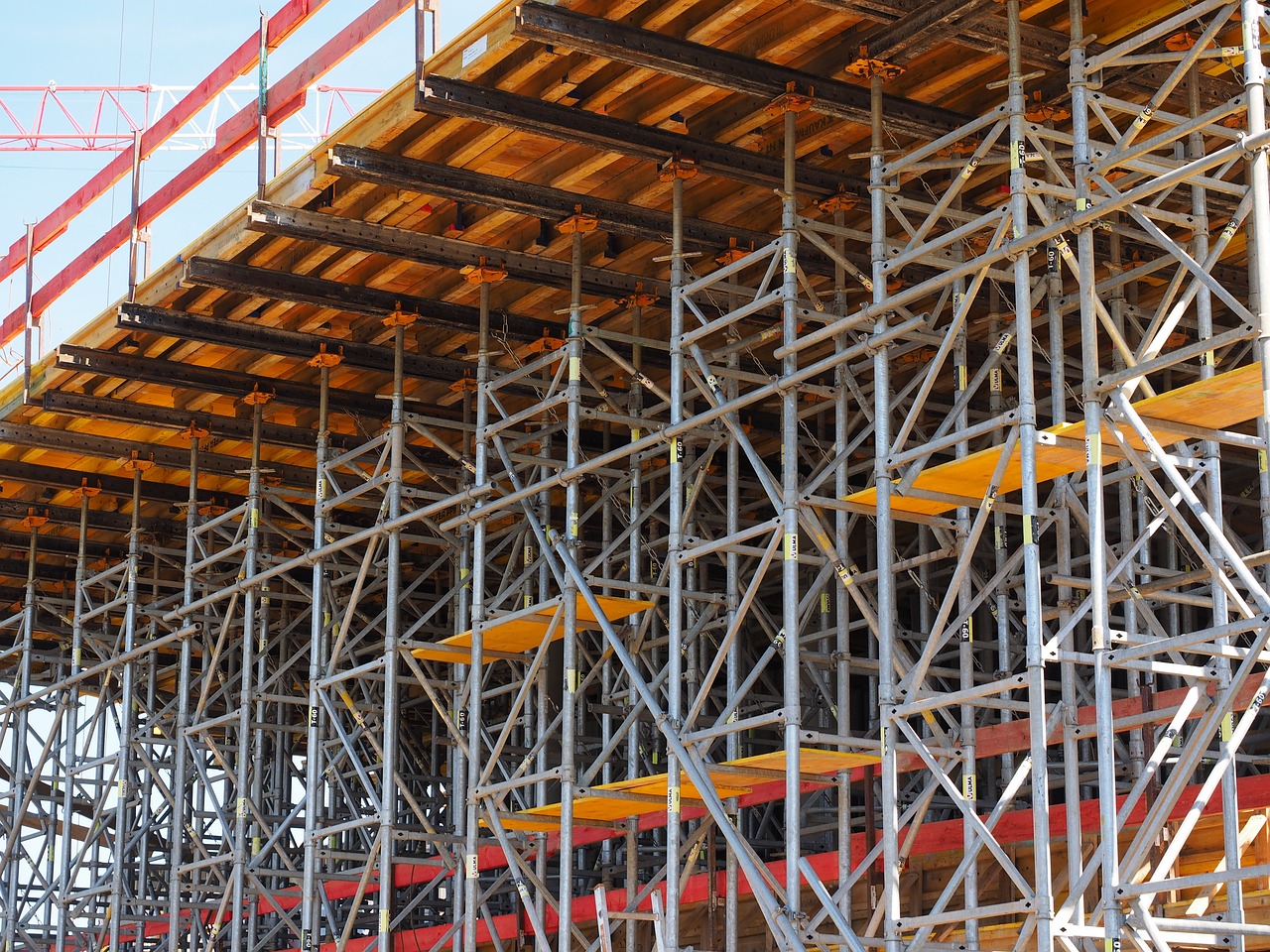The year 2025 ushers in a new chapter in furniture and interior design, emphasizing sustainability, nature-inspired aesthetics, and cutting-edge technology. Consumers are increasingly seeking furniture that is not only beautiful but also functional, eco-friendly, and inspired by nature and everyday life. Let’s explore in detail the key trends:
1. Sustainable and Natural Materials
Sustainability continues to be a cornerstone of modern furniture design. The integration of recycled materials such as wood and metal, along with the increased use of natural resources like bamboo, reflects a clear shift toward more eco-conscious and responsible choices.
This design philosophy meets the growing demand for products that respect the environment without compromising aesthetics or functionality.
The incorporation of natural elements into interiors is not just a stylistic choice — it meets a deeply human need. Designs that include natural materials, organic patterns, and living greenery create spaces that promote mental health, well-being, and emotional uplift.
Natural textures foster a sense of connection to the environment, transforming a space into a haven of balance and vitality.
2. Earthy and Warm Tones
Earthy tones — such as beige, brown, gray, and deep shades of red and green — have established themselves as timeless choices in interior decor. Inspired by nature, these colors bring the serenity of landscapes into the home, creating a warm, welcoming, and balanced atmosphere.
Beyond their visual harmony, earthy colors offer real psychological benefits. One of their greatest strengths is their ability to evoke calmness and relaxation.
In a world full of stress and fast-paced living, our surroundings play a crucial role in our mental well-being. Soft, natural tones help create a personal sanctuary that reduces anxiety and offers a sense of stability.
At the same time, earthy shades stand out for their versatility. They work perfectly as a neutral base on which bold or bright colors can be layered, enabling creative combinations that refresh the space without disrupting its harmony.
3. Curves and Organic Shapes
Curves and organic forms in furniture and decor redefine our interaction with space, adding a sense of flow, calmness, and natural beauty. Unlike the strict, geometric lines of minimalism, curves create a softer and more inviting atmosphere.
A curved coffee table, a wave-shaped sofa, or a freeform mirror can act as statement pieces — drawing the eye without overwhelming the space.
4. Maximalism
Maximalism is a bold trend that has gained strong traction in recent years. It is a style that celebrates abundance, expression, and personality — both in decoration and in overall aesthetics.
A maximalist space is characterized by a richness of objects, vibrant color palettes, varied textures, and a mix of patterns that captivate attention.
-
Colors: Rich, deep, and daring shades are a hallmark of maximalist style. Color combinations are bold and often unexpected, infusing the space with energy and vibrancy.
-
Textures: The use of diverse materials and textures enhances the depth of the environment. Fabrics such as velvet and satin, along with materials like leather, wood, or stone, are combined to create a multi-layered aesthetic experience.
-
Patterns: The blending of patterns is a key element of maximalism. From geometric designs to florals and classic plaids, various motifs coexist to form a multidimensional and eclectic visual result.
5. Technology Integration
The integration of smart technologies into furniture — such as wireless device charging, built-in LED lighting, and motion or touch sensors — significantly enhances both functionality and user experience in modern spaces.
These innovations not only serve practical needs but also reflect the broader trend toward sustainable, ergonomic, and technologically intelligent living.
Moreover, the ability to personalize features through apps (e.g., brightness adjustment or function activation via smartphone) brings flexibility and comfort aligned with the demands of contemporary life.
Conclusion
Furniture trends for 2025 clearly show that aesthetic appeal now coexists with deeper substance.
Respect for the environment, the need for emotional connection with our space, and the desire for comfort, technological support, and personal expression form the new identity of modern design.
This is not simply a shift in form or materials — it represents a deeper change in mindset: furniture is now expected to reflect today’s values and lifestyle.
As the home increasingly becomes a center for living, working, and relaxing, furniture plays a vital role as a vehicle for balance, functionality, and inspiration.





